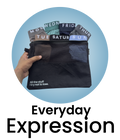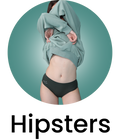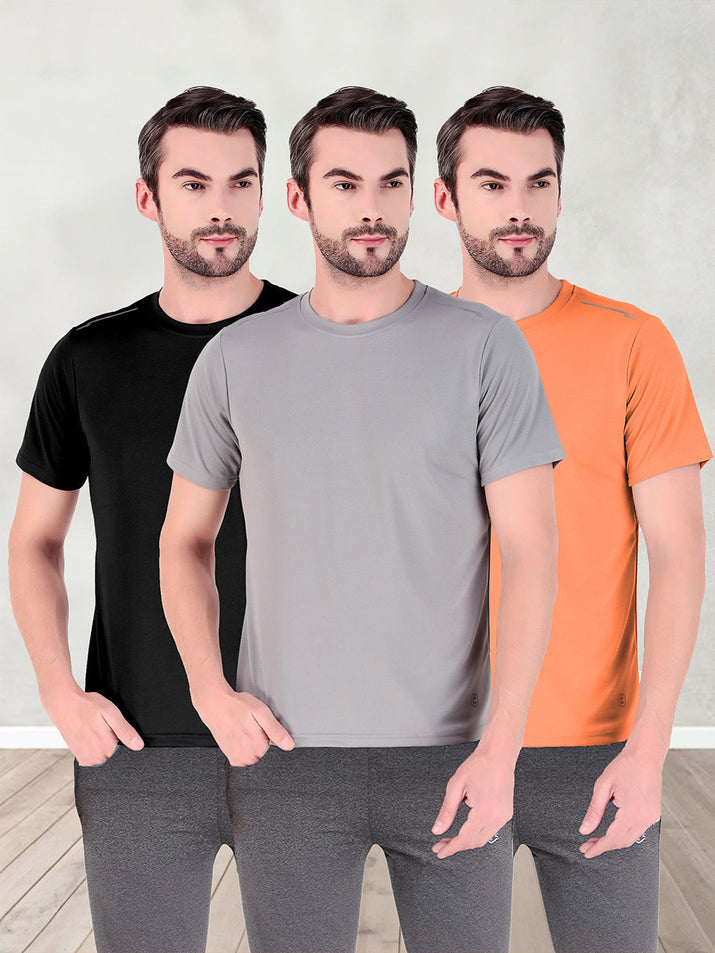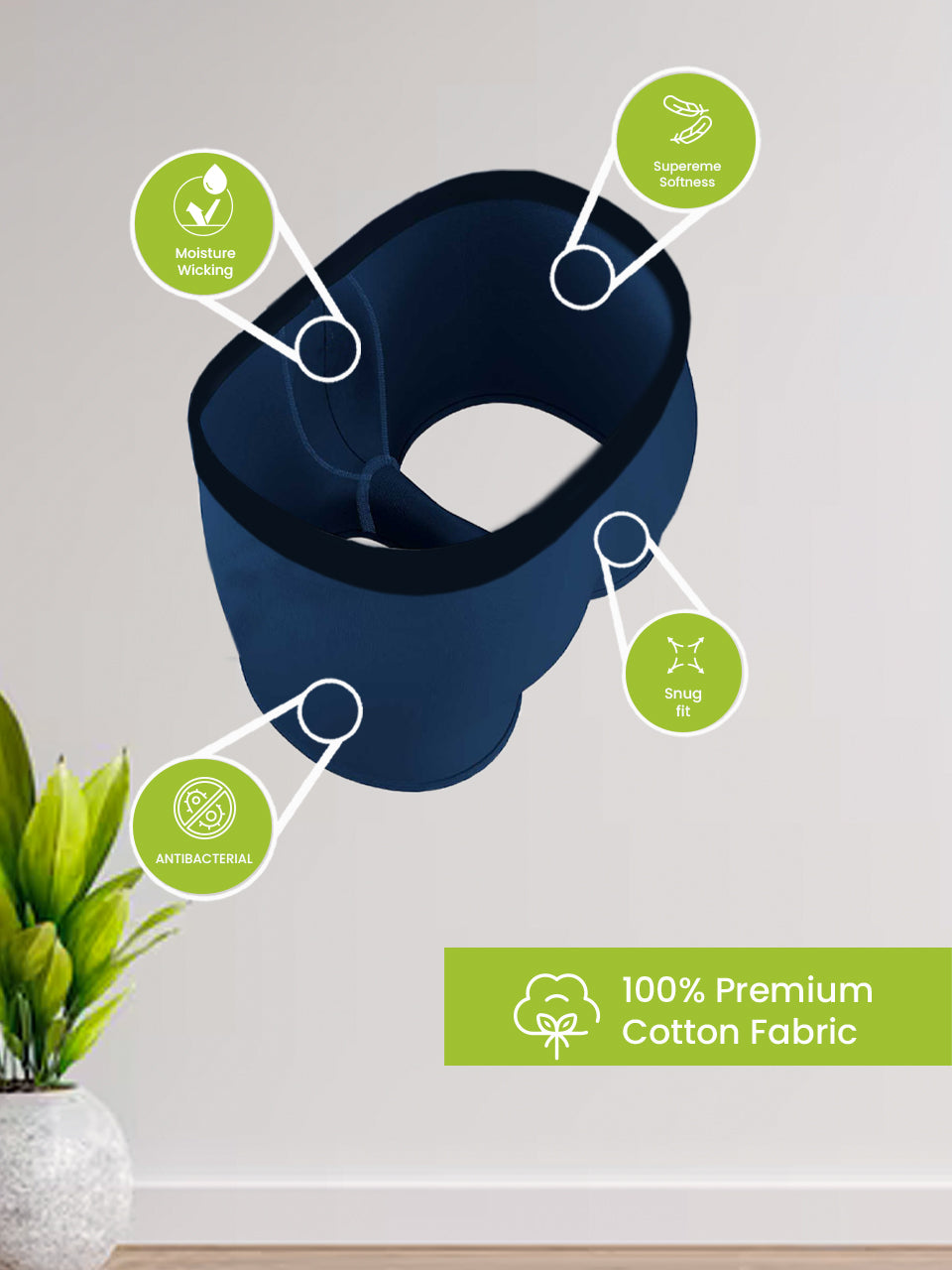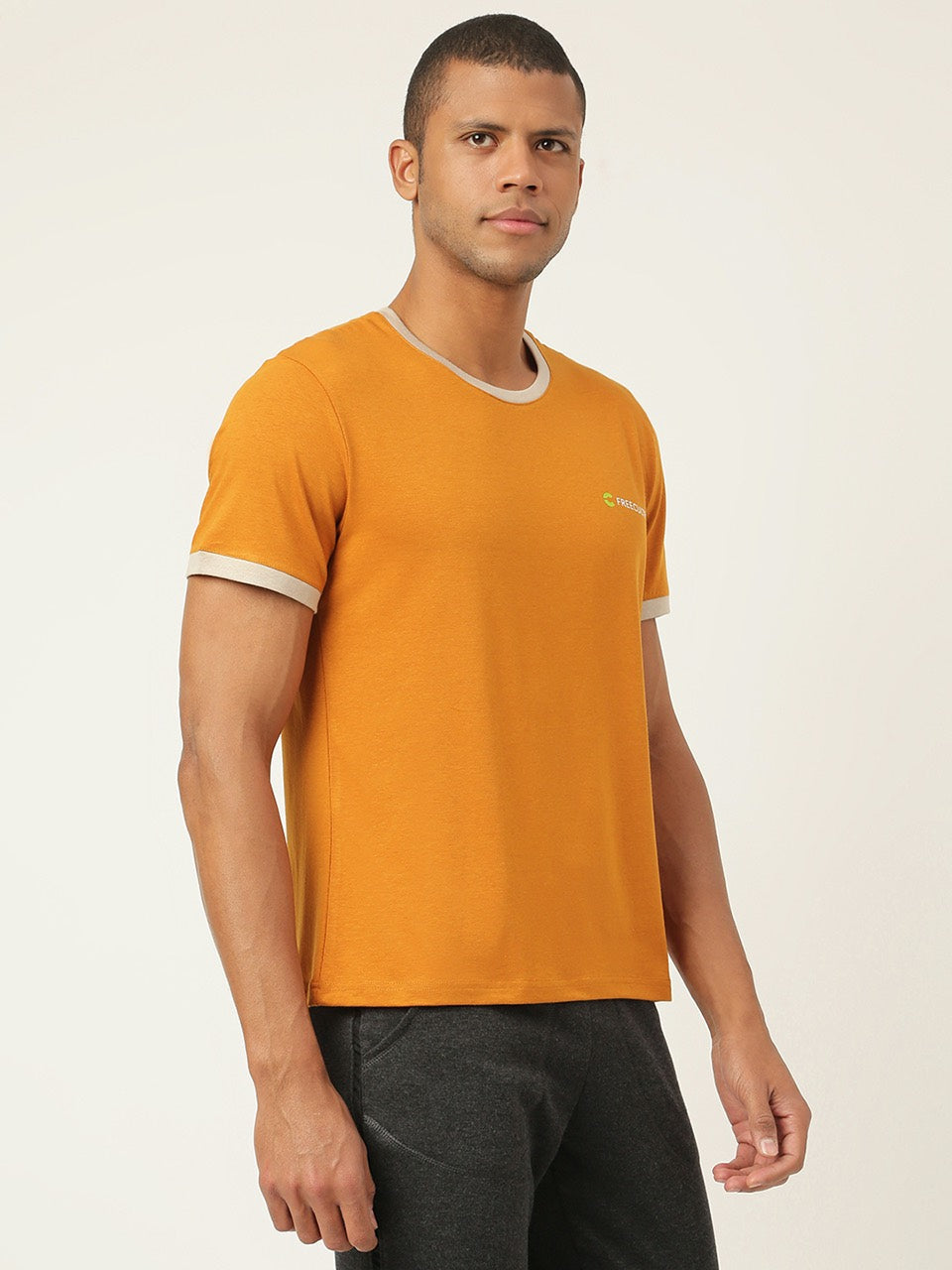Imagine pushing your limits during a high-intensity workout, only to be weighed down by a sweat-soaked cotton t-shirt. The discomfort and restricted movement significantly impact performance. Today's advanced sports apparel tackles this issue head-on, leveraging innovative fabrics and construction techniques. We'll explore how enhanced performance sports t-shirts, specifically those with advanced moisture-wicking capabilities, keep athletes drier and more comfortable. This involves a deep dive into the technical aspects of fabric technology, examining how different weaves and fiber treatments facilitate efficient sweat evaporation. Moreover, we'll look at the impact of these technologies on athletic performance, considering factors such as body temperature regulation and reduced chafing, ultimately leading to optimized workouts and faster recovery.

Understanding the Science Behind Performance Fabrics
The core of a high-performance sports t-shirt lies in its fabric. These aren't your everyday cotton tees; they're engineered textiles designed to optimize your athletic experience. Key to this optimization is understanding the principles of moisture management and breathability.
Moisture Wicking: This refers to a fabric's ability to draw sweat away from the skin's surface and transport it to the outer layer of the garment, where it can evaporate. This process helps regulate body temperature and keeps you feeling drier and more comfortable during exercise. The term "wicking" is akin to a candle wick drawing wax upwards; in this case, the fabric "wicks" moisture away from your body.
Breathability: This refers to how well a fabric allows air to pass through it. A breathable fabric enables sweat vapor to escape, preventing overheating. Breathability is often linked to the fabric's structure and fiber type. For example, fabrics with open weaves or those made from fibers with inherent moisture-wicking properties tend to be more breathable.
Common Materials Used in Sports T-Shirts
Several materials are commonly used in sports t-shirts, each with its own unique properties and benefits:
- Polyester: A synthetic fiber known for its durability, wrinkle resistance. Excellent moisture-wicking capabilities. Polyester is a popular choice for athletic wear due to its ability to withstand rigorous activity and frequent washing.
- Nylon: Another synthetic fiber that is strong, lightweight. Quick-drying. Nylon is often blended with other fibers to enhance stretch and durability.
- Polypropylene: A lightweight, hydrophobic (water-repelling) fiber that excels at wicking moisture. Polypropylene is often used in base layers designed to keep athletes dry in cold weather.
- Merino Wool: A natural fiber prized for its softness, breathability. Odor resistance. Merino wool can absorb a significant amount of moisture without feeling wet, making it a comfortable option for a range of activities.
- Blends: Many sports t-shirts utilize blends of different fibers to combine the benefits of each. For example, a polyester-spandex blend can offer both moisture-wicking and stretch.
How Different Weaves Impact Performance
The way a fabric is woven or knitted significantly affects its performance characteristics. Different weaves can influence breathability, stretch. Overall comfort.
-
Knit Fabrics: These fabrics are created by interlocking loops of yarn. Knit fabrics tend to be more breathable and flexible than woven fabrics, making them ideal for sports t-shirts. Examples include:
- Jersey Knit: A lightweight, stretchy knit that is commonly used in t-shirts.
- Mesh Knit: A knit with an open, net-like structure that enhances breathability. Often used in areas where ventilation is crucial, such as under the arms or on the back.
- Woven Fabrics: These fabrics are created by interlacing two or more sets of yarns at right angles. Woven fabrics are generally more durable and less stretchy than knit fabrics. While less common in t-shirts, they may be used in specific areas for reinforcement.
Moisture-Wicking Technologies: A Deeper Dive
Beyond the inherent properties of the fibers, many sports t-shirts incorporate advanced moisture-wicking technologies. These technologies often involve applying chemical treatments or modifying the fiber structure to enhance its ability to draw moisture away from the skin.
- Capillary Action: Some fabrics utilize capillary action to wick moisture. This involves creating tiny channels within the fabric that draw moisture along the surface.
- Hydrophilic Treatments: These treatments increase the fabric's affinity for water, allowing it to absorb moisture more readily.
- Microfiber Technology: Microfibers are extremely fine fibers that create a large surface area, enhancing moisture absorption and wicking.
The Benefits of Enhanced Performance and Moisture Wicking
Wearing a sports t-shirt with enhanced performance and moisture-wicking capabilities offers numerous benefits:
- Improved Comfort: By keeping you dry and cool, these t-shirts enhance comfort during exercise, allowing you to focus on your performance.
- Temperature Regulation: Moisture-wicking fabrics help regulate body temperature, preventing overheating in warm conditions and chilling in cold conditions.
- Reduced Odor: Some performance fabrics, such as merino wool and certain synthetic blends, have inherent odor-resistant properties. This can help prevent the buildup of unpleasant odors during and after exercise.
- Enhanced Performance: By keeping you comfortable and preventing distractions, performance t-shirts can help you perform at your best.
- Reduced Chafing: Moisture-wicking fabrics can help reduce chafing by keeping the skin dry and preventing friction.
Real-World Applications and Use Cases
The benefits of performance sports t-shirts extend to a wide range of activities:
- Running: Moisture-wicking t-shirts are essential for runners, especially during long distances or in hot weather. They help prevent chafing and keep runners cool and comfortable.
- Gym Workouts: Whether you're lifting weights, doing cardio, or taking a fitness class, a performance t-shirt can help you stay dry and comfortable.
- Team Sports: Many team sports, such as soccer, basketball. Volleyball, require athletes to wear performance apparel. These t-shirts help athletes stay cool and dry during intense competition.
- Hiking and Outdoor Activities: Moisture-wicking t-shirts are a valuable asset for hikers and outdoor enthusiasts. They help regulate body temperature and prevent overheating during strenuous activities.
- Everyday Wear: The comfort and performance benefits of these t-shirts make them suitable for everyday wear, especially in warm weather or during activities that cause you to sweat.
Choosing the Right Sports T-Shirt for Your Needs
With so many options available, selecting the right sports t-shirt can seem overwhelming. Consider the following factors when making your decision:
- Activity Level: Choose a t-shirt that is appropriate for the intensity of your activity. For high-intensity activities, prioritize moisture-wicking and breathability.
- Climate: Consider the climate in which you'll be wearing the t-shirt. In hot weather, opt for lightweight, breathable fabrics. In cold weather, consider merino wool or synthetic blends that provide insulation.
- Fit: Choose a fit that is comfortable and allows for freedom of movement. Some athletes prefer a snug fit, while others prefer a looser fit.
- Material: Select a material that meets your specific needs and preferences. Consider the benefits and drawbacks of different fibers, such as polyester, nylon, merino wool. Blends.
- Budget: Performance t-shirts range in price from affordable to premium. Set a budget and choose a t-shirt that offers the best value for your money.
Care and Maintenance for Longevity
Proper care and maintenance can extend the life of your sports t-shirts. Follow these tips:
- Read the Label: Always follow the manufacturer's instructions on the care label.
- Wash in Cold Water: Washing in cold water helps prevent shrinkage and fading.
- Avoid Fabric Softeners: Fabric softeners can reduce the moisture-wicking properties of performance fabrics.
- Tumble Dry on Low: Tumble dry on low heat or hang to dry. High heat can damage the fibers.
- Avoid Bleach: Bleach can damage the fibers and fade the color of your t-shirt.
Conclusion
Let’s look ahead. We've explored the immediate performance gains and comfort enhancements that moisture-wicking sports t-shirts offer. But the journey doesn't stop there. Consider the future of athletic apparel – fabrics are constantly evolving. We're seeing innovations like bio-based materials and smart textiles that can track your performance metrics. As you continue your fitness journey, don't just settle for any t-shirt. Invest in quality, research new fabric technologies. Prioritize your comfort. The next step is to actively seek out brands committed to sustainable and ethical production. By doing so, you're not just improving your own performance. Also contributing to a better future for the planet. So, gear up, stay informed. Keep pushing your limits!
FAQs
Okay, so what exactly is 'moisture wicking' anyway? Is it just a fancy term for 'doesn't get sweaty'?
Good question! It's more than just avoiding sweat patches. Moisture wicking means the fabric actively pulls sweat away from your skin and moves it to the outside of the shirt where it can evaporate faster. This keeps you cooler and drier, which is a lifesaver during intense workouts.
Will these 'enhanced performance' shirts actually make me better at my sport, or is that just marketing hype?
Look, it's not magic! A shirt won't turn you into a pro overnight. But, being more comfortable and less weighed down by sweat can definitely help you perform better. It allows you to focus on your game instead of feeling gross and sticky. Plus, some have features like improved range of motion, which is a definite bonus.
What are these shirts usually made of?
Most sports t-shirts with moisture-wicking properties are made from synthetic fabrics like polyester, nylon, or blends of the two. These materials are designed to be lightweight, breathable. Quick-drying. You'll rarely find cotton in performance wear because cotton absorbs moisture and stays wet.
How do I wash these shirts without ruining their magic?
Great point! You definitely want to treat them right. Generally, wash them in cold water with similar colors. Avoid using bleach or fabric softener, as these can clog the fibers and reduce the wicking ability. Tumble dry on low or, even better, hang them to dry. They dry super fast anyway!
Are they worth the extra money compared to a regular cotton tee?
That depends on what you're using them for. If you're just lounging around, a cotton tee is fine. But if you're serious about working out, playing sports, or just being active in hot weather, the performance and comfort are absolutely worth the investment. Think of it as an investment in your comfort and performance.
Do all moisture-wicking shirts feel the same? Some feel kinda…plasticky.
Nope, not at all! The feel can vary quite a bit depending on the fabric blend and the way it's knit. Some are super soft and almost silky, while others have a more textured feel. It's worth trying on a few different brands and styles to find one that you like the feel of against your skin.
So, if I sweat a ton, will these shirts actually keep me dry, or just… less wet?
They'll definitely help manage the moisture better than a cotton shirt. They aren't miracle workers. If you're sweating profusely, you'll still feel some dampness. But, the moisture-wicking properties will help the sweat evaporate more quickly, keeping you cooler and preventing that heavy, soaked feeling. Think of it as 'actively managing' your sweat, rather than eliminating it entirely.

